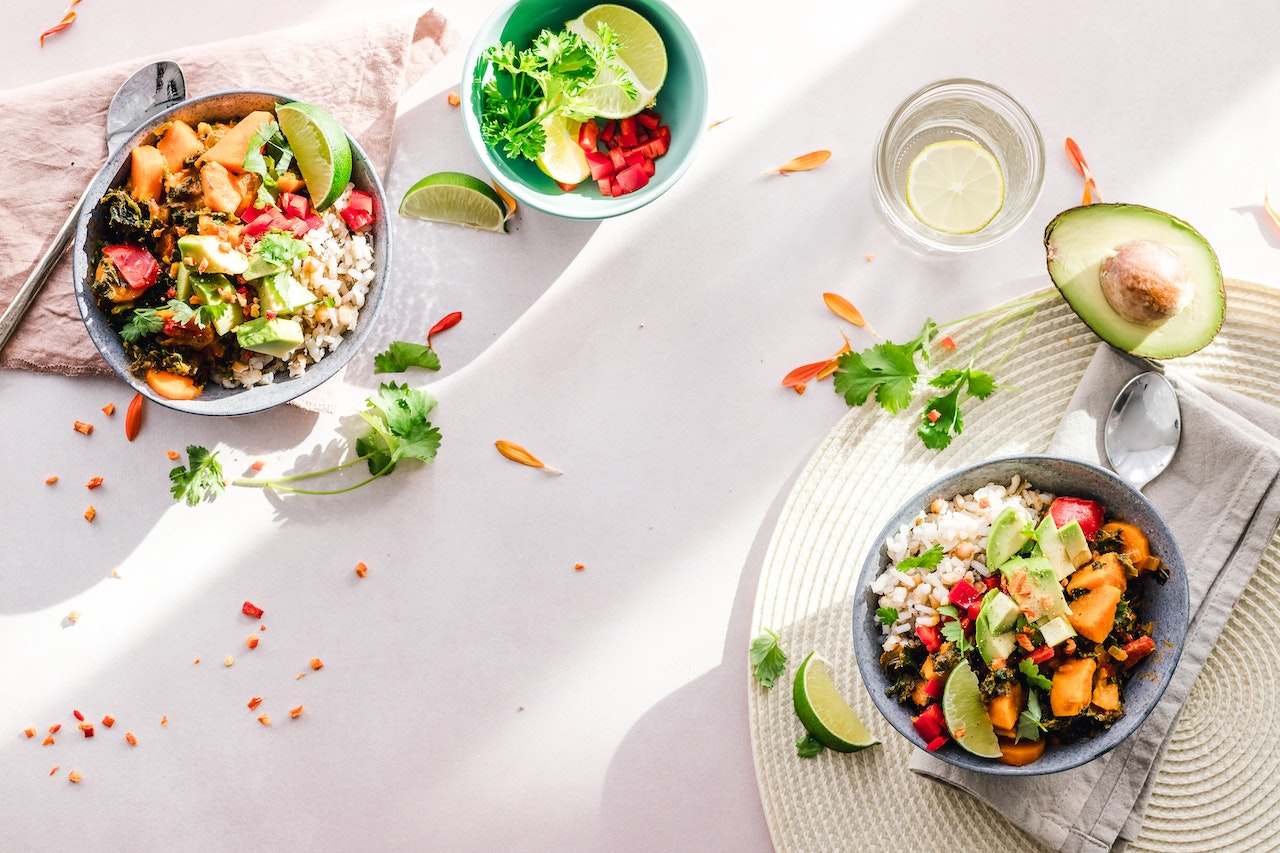When it comes to experiencing the true flavors of a destination, Hawaii offers a culinary journey like no other. The islands are a melting pot of cultures, and this diversity is reflected in its cuisine. From traditional Hawaiian dishes to fusion flavors, eating like a local in Hawaii is a gastronomic adventure. In this guide, we’ll explore the must-try dishes and local favorites that define the Hawaiian palate. Wondering how to eat like a local in Hawaii? Our guide has been updated for 2023 and is chalk full of great tips about cusine in Hawaii.
At a Glance
The Essence of Hawaiian Cuisine
The Hawaiian culinary scene is a testament to its rich history and the confluence of cultures that have touched its shores. At its core, Hawaiian cuisine is deeply rooted in its Polynesian ancestry, but over time, it has gracefully absorbed and integrated flavors from Asia, Europe, and America. This harmonious blend has resulted in dishes that are not only rich in flavor but also narrate tales of the islands’ vibrant past and diverse heritage.
Take, for instance, the traditional Hawaiian dish, Luau. Named after the famous Hawaiian feast, this dish is made from taro leaves cooked with coconut milk and often includes chicken or octopus. It’s a dish that speaks volumes about the island’s reliance on the land and sea for sustenance.
Another iconic dish that has become synonymous with Hawaiian cuisine is the Poke bowl. Originating from the Hawaiian word “to slice” or “cut crosswise into pieces,” Poke bowls consist of diced raw fish, typically tuna or octopus, seasoned with ingredients like soy sauce, green onions, and sesame oil. Served over a bed of rice and often accompanied by a variety of toppings like seaweed and avocado, it encapsulates the freshness and bounty of the Hawaiian waters.
Local Favorites: Must-Try Dishes in Hawaii
While Hawaii boasts an array of mouth-watering dishes, certain delicacies have carved a special place in the hearts of both locals and visitors alike. One such dish is Loco Moco. This comfort food consists of white rice topped with a hamburger patty, smothered in rich brown gravy, and crowned with a fried egg. It’s a hearty meal that reflects the island’s laid-back vibe and its American influences.
Poi, a staple in Hawaiian cuisine, is another must-try. Made from the fermented taro root, Poi has a unique, slightly sour taste and a sticky consistency. It’s often served as a side dish and is a testament to the island’s deep-rooted Polynesian traditions.
For dessert or a sweet treat, one cannot miss the Malasadas. Introduced to Hawaii by Portuguese immigrants, these sugar-coated donuts are soft, fluffy, and filled with a variety of creams or jellies. They are not just a dish but a celebration of the multicultural tapestry that is Hawaii.
From the spicy kick of Kimchi Tofu Poke reflecting Korean influences to the Japanese-inspired Spam Musubi, a sushi-style treat with grilled Spam on a block of rice wrapped with nori, Hawaii’s culinary landscape is a delightful journey of tastes, textures, and tales.
Wait, What About Spam?
Spam, the canned meat product, has an unexpectedly deep-rooted connection with Hawaii. Introduced to the islands during World War II, Spam quickly became a staple for soldiers stationed in the Pacific due to its long shelf life and ease of transport. As the war progressed, fishing around the islands was restricted, and fresh meat was scarce, making Spam a crucial protein source for the locals as well. After the war, the love for Spam didn’t wane; instead, it firmly embedded itself into Hawaii’s culinary culture.
Today, Hawaii consumes more Spam than any other state in the U.S., with the canned meat finding its way into a variety of dishes, from breakfasts to snacks. As mentioned, the most iconic of these is the Spam Musubi, a sushi-style delicacy where grilled Spam is placed atop a block of rice and wrapped in seaweed. The Spam Festival, or ‘Spam Jam‘, held annually in Waikiki, further celebrates this unique love affair, attracting both locals and tourists with its array of Spam-inspired dishes and festivities. This enduring relationship between Hawaii and Spam is a testament to the islands’ ability to adapt and embrace diverse influences, creating a fusion of flavors and traditions.
FAQs About Eating Like a Local in Hawaii
- 1. What is the most popular dish in Hawaii?
Poke bowls are arguably the most popular and recognized Hawaiian dish. - 2. Are there vegetarian options in Hawaiian cuisine?
Yes, dishes like Tofu Poke and Vegetable Lau Lau cater to vegetarians. - 3. What’s a traditional Hawaiian breakfast?
A traditional breakfast might include rice, eggs, and Portuguese sausage or Spam. - 4. Is Hawaiian pizza from Hawaii?
Contrary to popular belief, Hawaiian pizza, with its ham and pineapple toppings, originated in Canada. - 5. What is the significance of the Luau?
A Luau is a traditional Hawaiian party or feast, often accompanied by entertainment. It’s a celebration of culture, food, and community.
Experiencing Hawaii is as much about tasting its flavors as it is about exploring its beaches and mountains. The islands offer a culinary journey that’s rich, diverse, and absolutely delicious. So, when in Hawaii, eat like a local and savor the true essence of the Aloha spirit!

